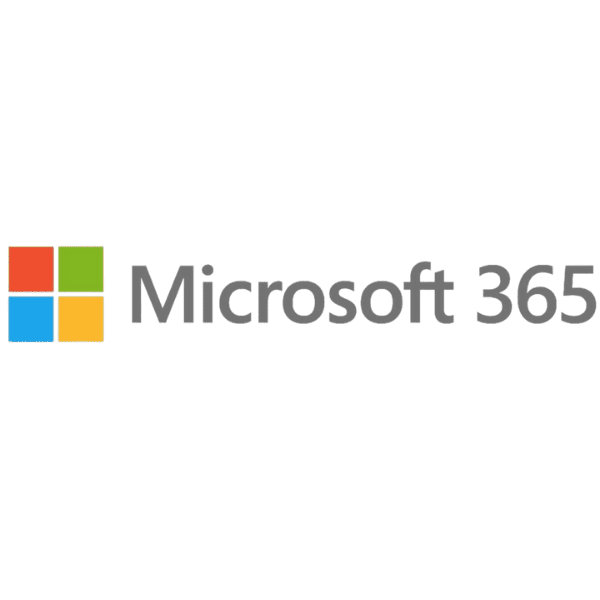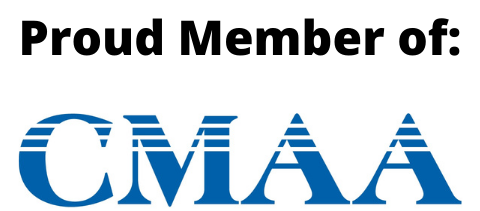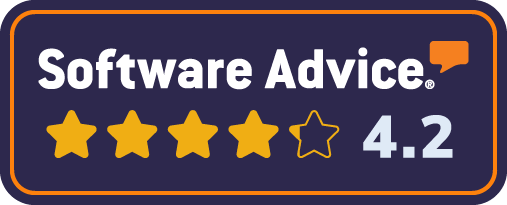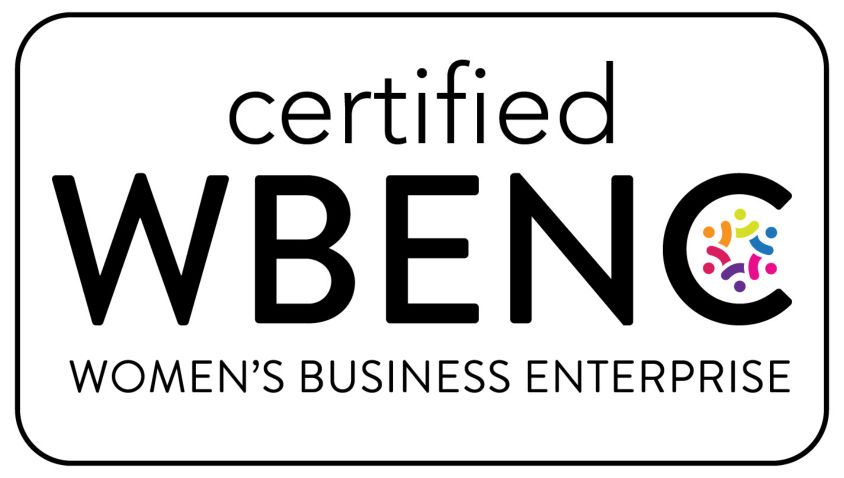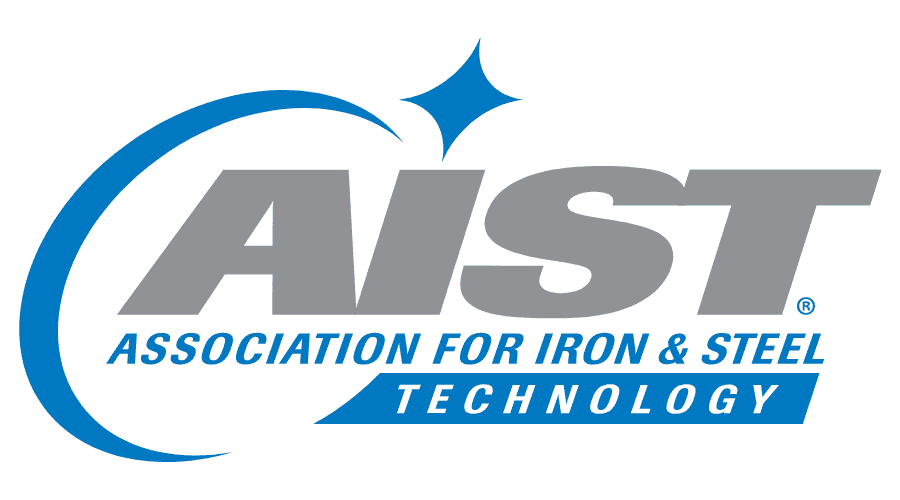The Benefits of Cloud-based PMIS Software
A cloud-based project management information system (PMIS) could transform how your construction company operates. Learn more here.
You might think that people, or even equipment pieces, are the driving force behind modern construction projects, but the truth is that construction job sites run on information, communication, and data.
Most larger construction projects will generate thousands or even tens of thousands of documents, drawings, instructions, reports, and other types of information, so it’s no wonder that keeping track of them is so tricky.
That’s exactly what a project management information system (PMIS) is designed to streamline. Let’s take a closer look at what a PMIS is, how it works, and which one might work best for your company.
Table of Contents
1. What Is a Project Management Information System (PMIS)?
The best way to describe a PMIS, or project management information system, is that it’s sort of a cross between a library and a scheduling tool.
In other words, a PMIS allows your team to organize, store, and retrieve project information and data, but it also has tools for creating and managing work flows and tracking deliverables, as well as other project management tools.
This kind of expanded project management environment brings more of the process under the same “digital roof,” which in turn means less rework, fewer data-transfer issues, and fewer data silos to deal with in your organization.
A PMIS makes it easier for everyone to contribute to, and collaborate on, the project repository, and ensures that it’s faster and easier to find critical information when you need it.
2. Why Is a PMIS Important for Your Company and Your Clients?
Many construction companies rely on very segmented digital environments to get things done.
They might have a standalone estimating system, a different system for accounting, another system for project management, one for managing field crews, and so on. In many cases, some or all of these tools might not integrate with the others.
This creates a situation where employees in various departments either have to request information and then wait for it, or the responsible parties must manually enter information from their system into other platforms and systems that you use to manage different divisions and departments.
Not only does this make more work for your team, but it also increases the risk of errors. It’s much easier to put a decimal in the wrong place when you’re manually entering data than when it gets automatically transferred.
A PMIS brings all the information, documents, data, scheduling, and more, together in one place so that all stakeholders within your company have access to the same single source of truth in real time.
Many PMIS systems also allow you to create limited-access accounts for clients, so they can log in and access updates and other information when needed.
This allows you to speed up the information-sharing and communication processes, keep everyone on the same page at all times, and even decrease the need for frequent update meetings.
A PMIS is also a lifecycle system, so you can start using it during the preconstruction phase and continue right through construction, closeout, and beyond.
3. How VPO Builds PMIS Options Better
VPO builds cloud-based solutions that use tools you already have access to, like SharePoint, to create a configurable PMIS environment that’s tailored to your company’s needs.
Our interfaces are familiar and intuitive, so it’s faster and easier to roll them out to your team, and our security and access customizations mean that you can invite clients, professional teams, and other stakeholders to collaborate - without compromising on data security.
Even more importantly, we understand that our customers, and their needs, change over time. We build systems that are scalable, so your PMIS can grow and change with your organization and you don’t have to go through yet another software implementation in a few, short years.


